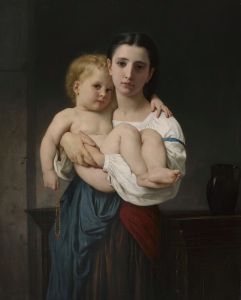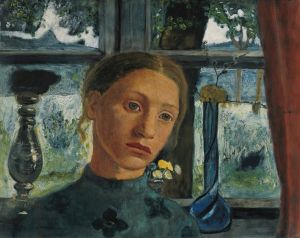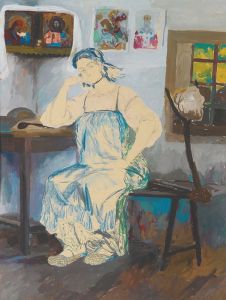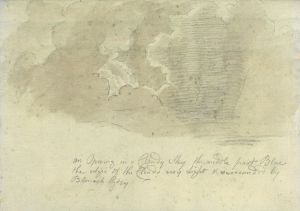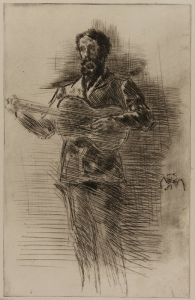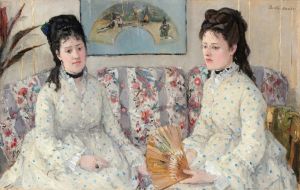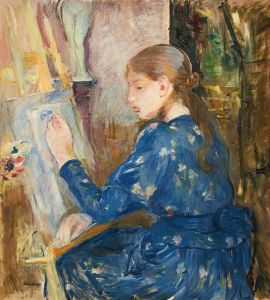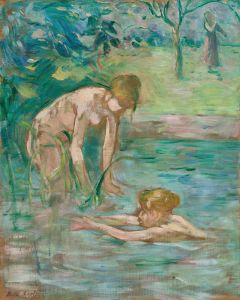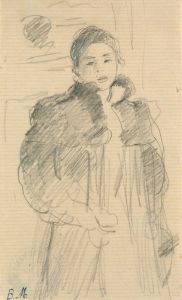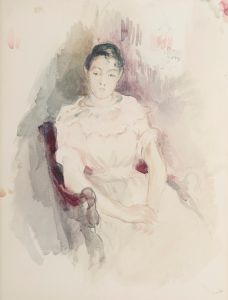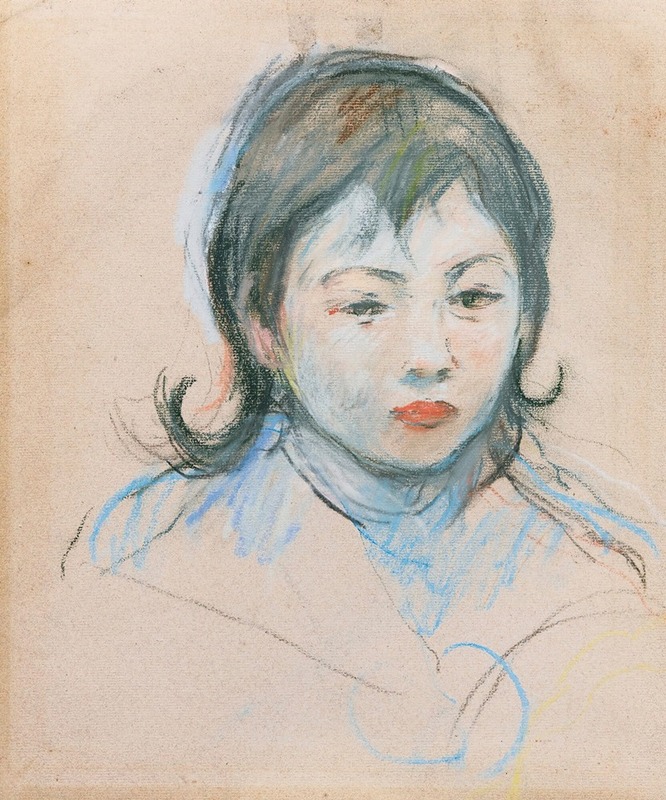
Portrait D’enfant
A hand-painted replica of Berthe Morisot’s masterpiece Portrait D’enfant, meticulously crafted by professional artists to capture the true essence of the original. Each piece is created with museum-quality canvas and rare mineral pigments, carefully painted by experienced artists with delicate brushstrokes and rich, layered colors to perfectly recreate the texture of the original artwork. Unlike machine-printed reproductions, this hand-painted version brings the painting to life, infused with the artist’s emotions and skill in every stroke. Whether for personal collection or home decoration, it instantly elevates the artistic atmosphere of any space.
Berthe Morisot, a prominent French Impressionist painter, is celebrated for her innovative approach to capturing light, color, and the intimate moments of everyday life. Among her works is Portrait d’Enfant (Child’s Portrait), a painting that exemplifies her sensitivity to her subjects and her mastery of the Impressionist style.
Portrait d’Enfant depicts a young child, rendered with Morisot’s characteristic loose brushwork and delicate use of color. The painting reflects her focus on domestic and familial themes, which were central to her oeuvre. Morisot often painted scenes of women, children, and private life, offering a perspective that was both personal and reflective of her time. This work is no exception, as it captures the innocence and vulnerability of childhood with a tender and intimate gaze.
The composition of Portrait d’Enfant is simple yet evocative. The child is portrayed in a seated position, with soft, fluid strokes that suggest movement and vitality. Morisot’s palette in this painting is light and airy, dominated by soft pastels and subtle contrasts that enhance the sense of immediacy and warmth. Her brushwork, a hallmark of her style, is both spontaneous and precise, creating a sense of texture and depth while maintaining the ephemeral quality characteristic of Impressionism.
Berthe Morisot was a key figure in the Impressionist movement, and her work was highly regarded by her contemporaries, including Claude Monet, Edgar Degas, and Pierre-Auguste Renoir. She was one of the few women to exhibit with the Impressionists, breaking barriers in a male-dominated art world. Her ability to convey emotion and atmosphere through her paintings has earned her a lasting place in art history.
While specific details about the creation and provenance of Portrait d’Enfant are not widely documented, the painting is representative of Morisot’s broader artistic achievements. Her works often focused on themes of femininity, family, and the fleeting moments of daily life, and this portrait aligns with those interests. It is likely that the child depicted in the painting was someone from Morisot’s personal circle, as she frequently painted family members and close acquaintances.
Today, Berthe Morisot’s contributions to art are recognized as groundbreaking, and her works, including Portrait d’Enfant, continue to be celebrated for their beauty, emotional depth, and technical innovation. The painting remains an enduring example of her ability to capture the essence of her subjects with grace and sensitivity.





